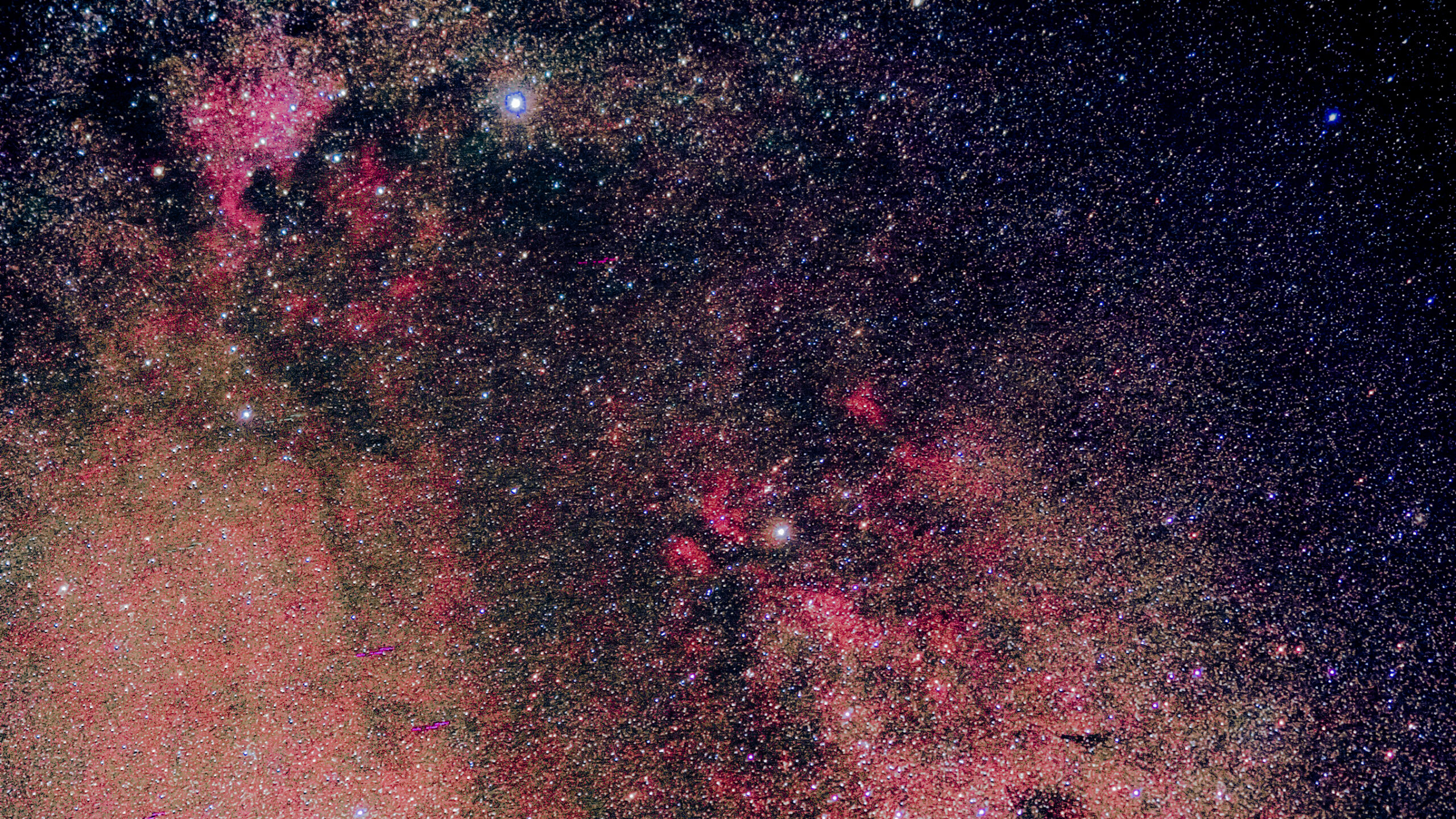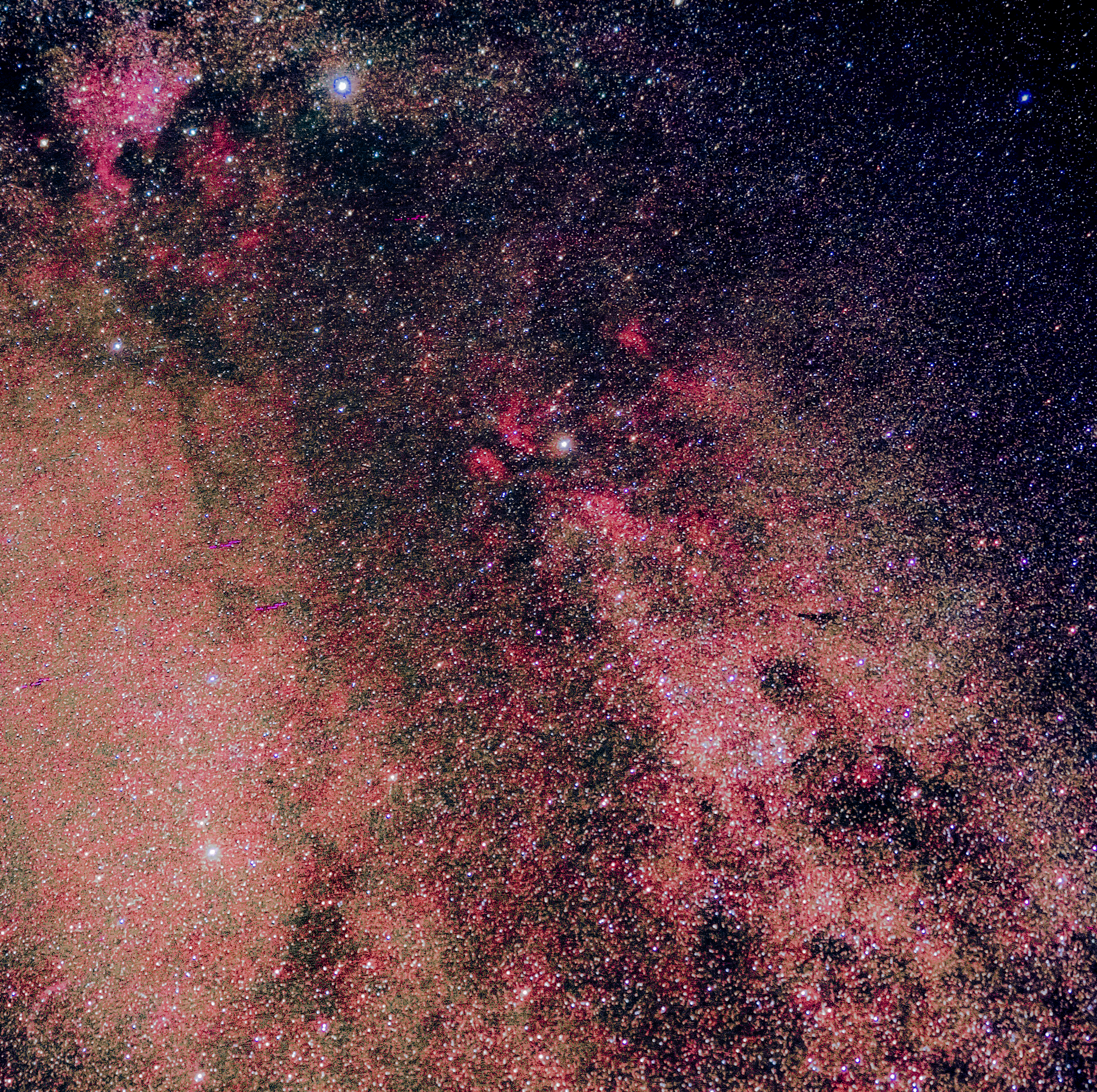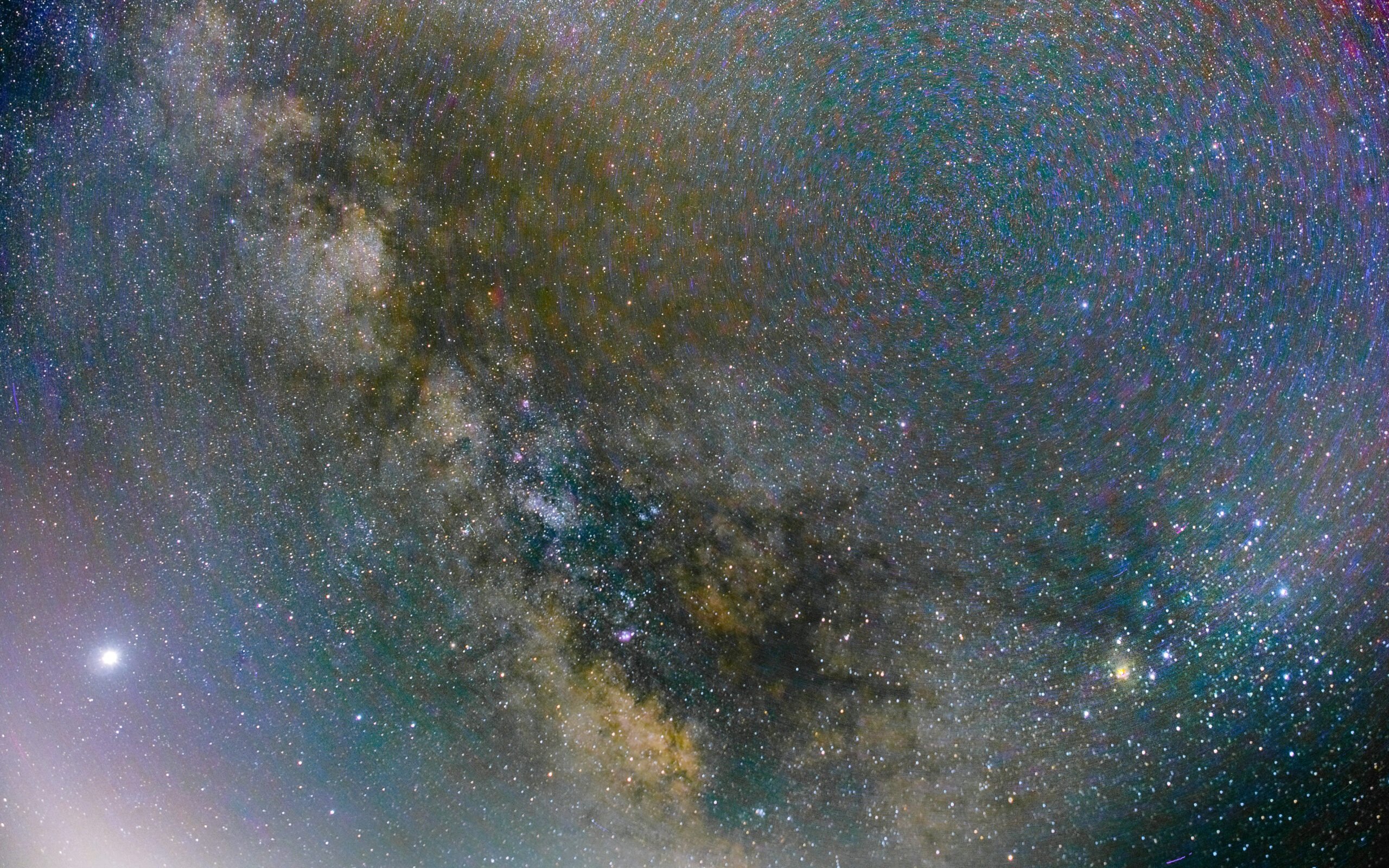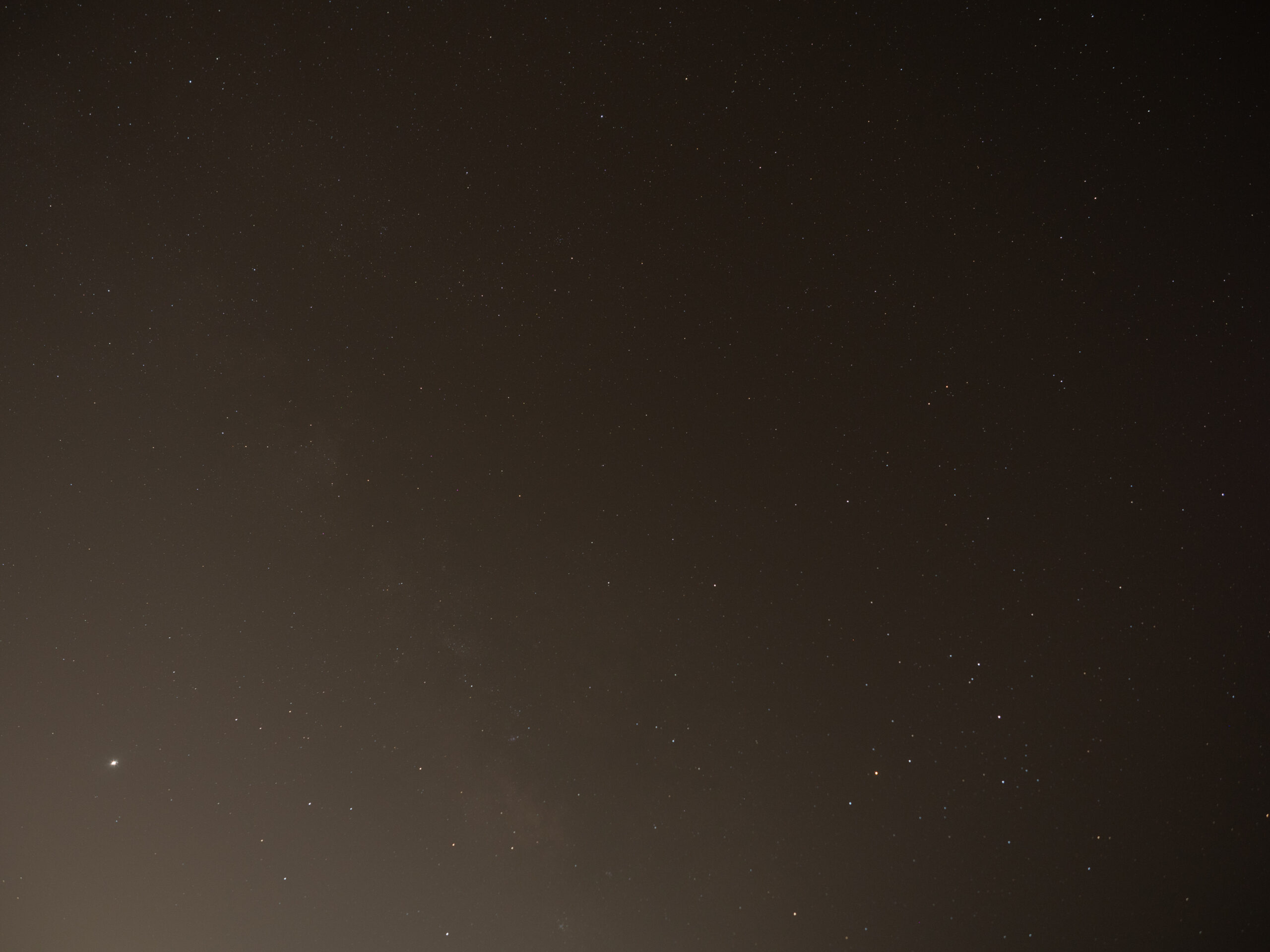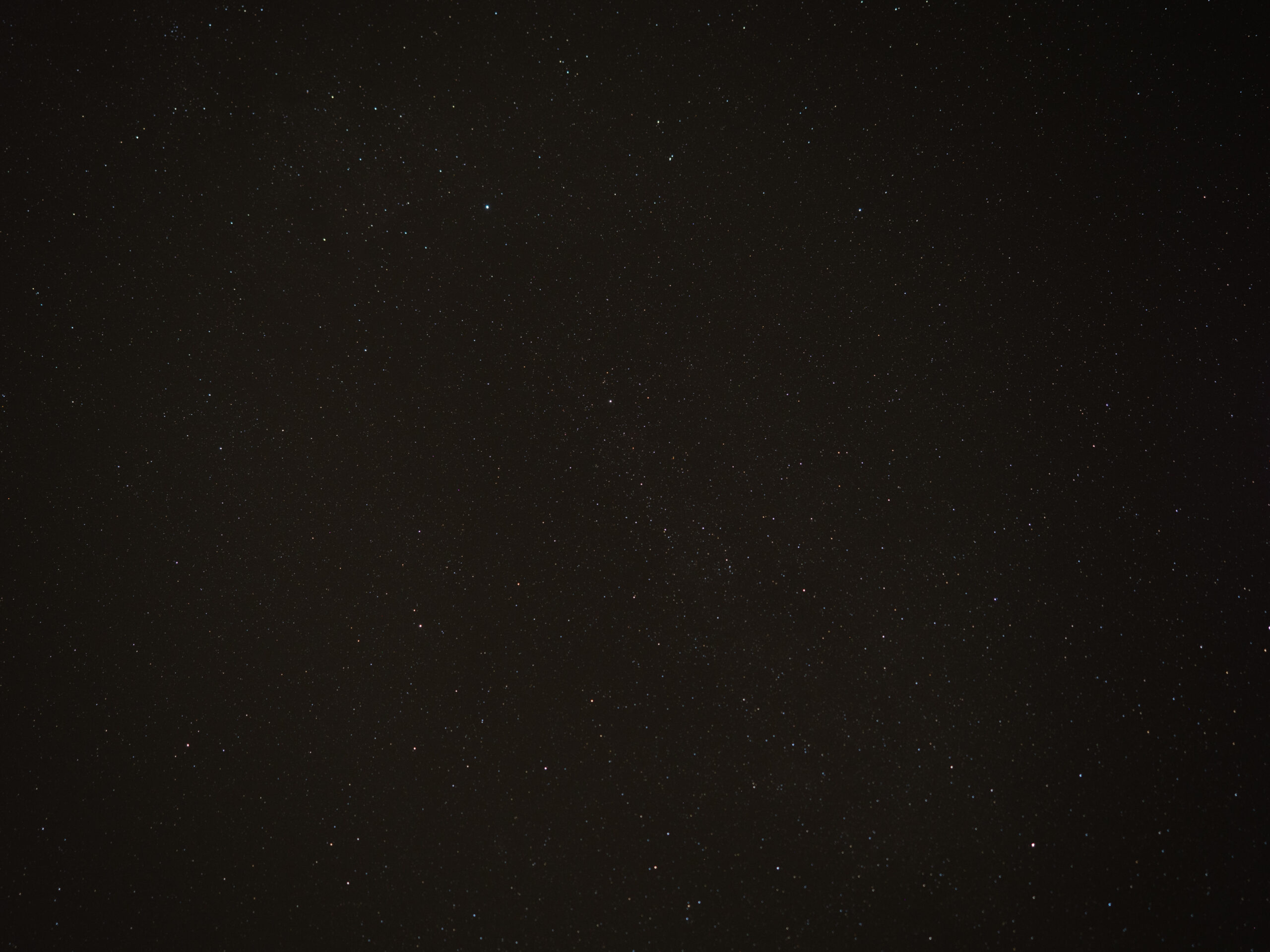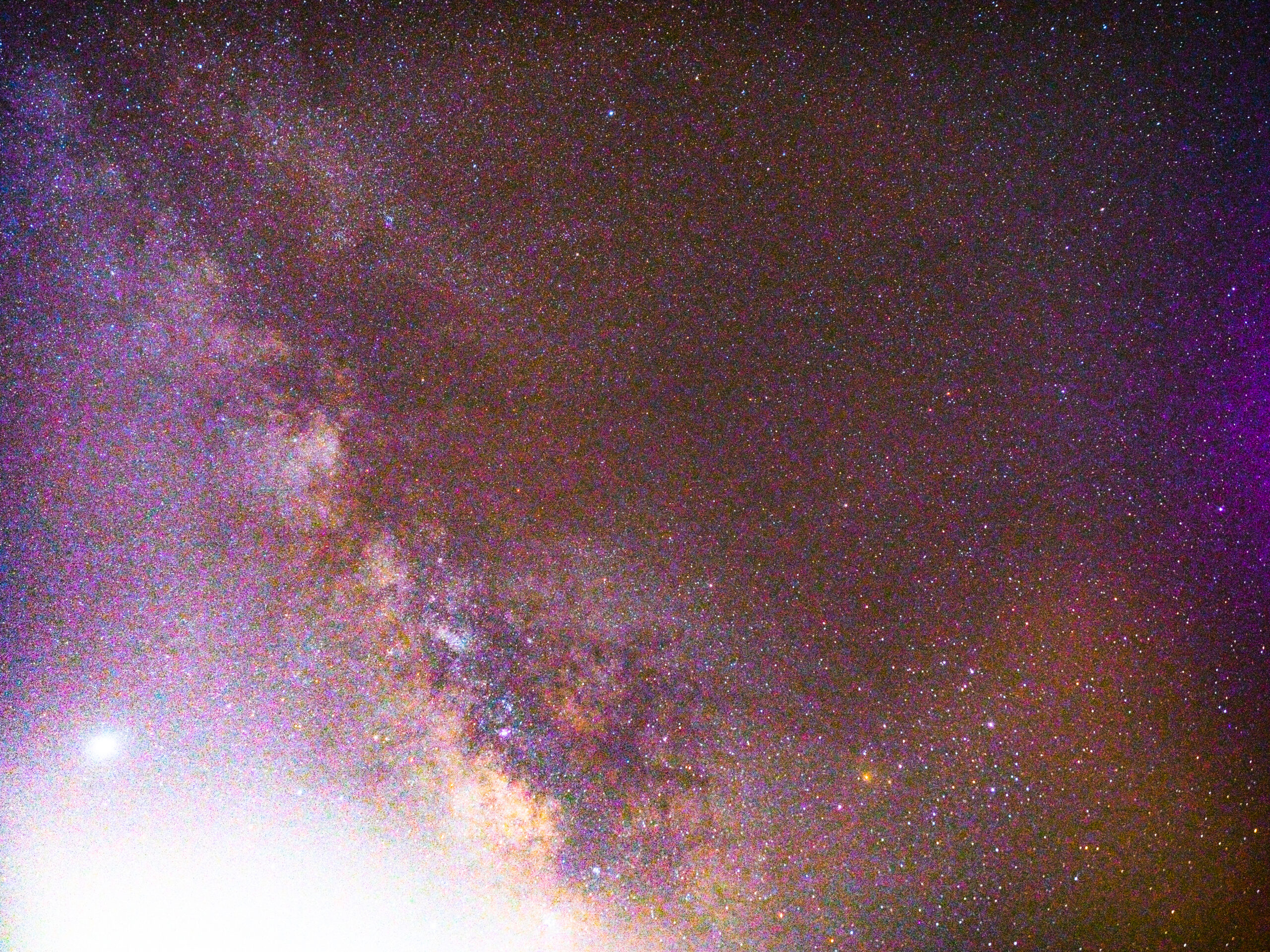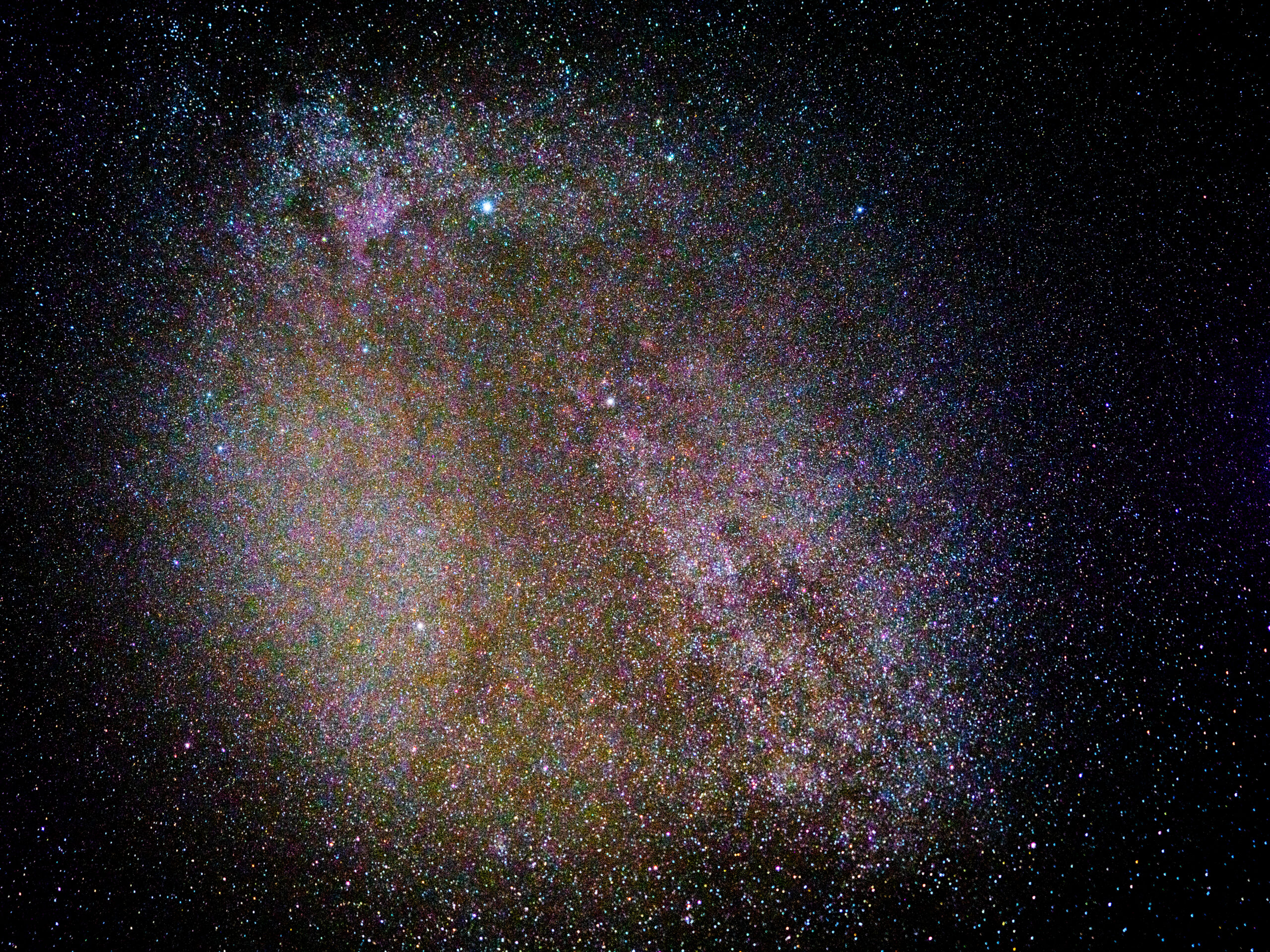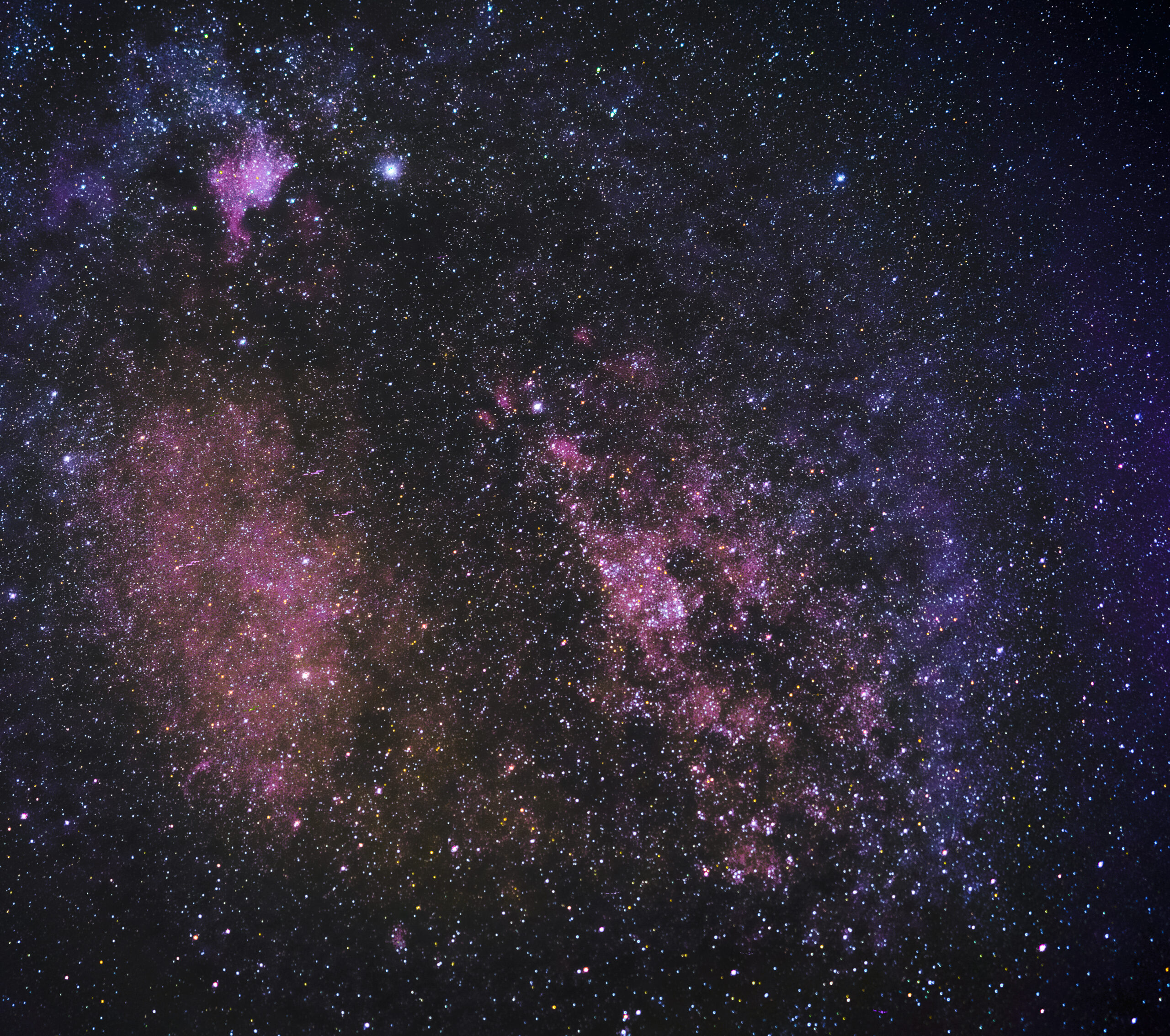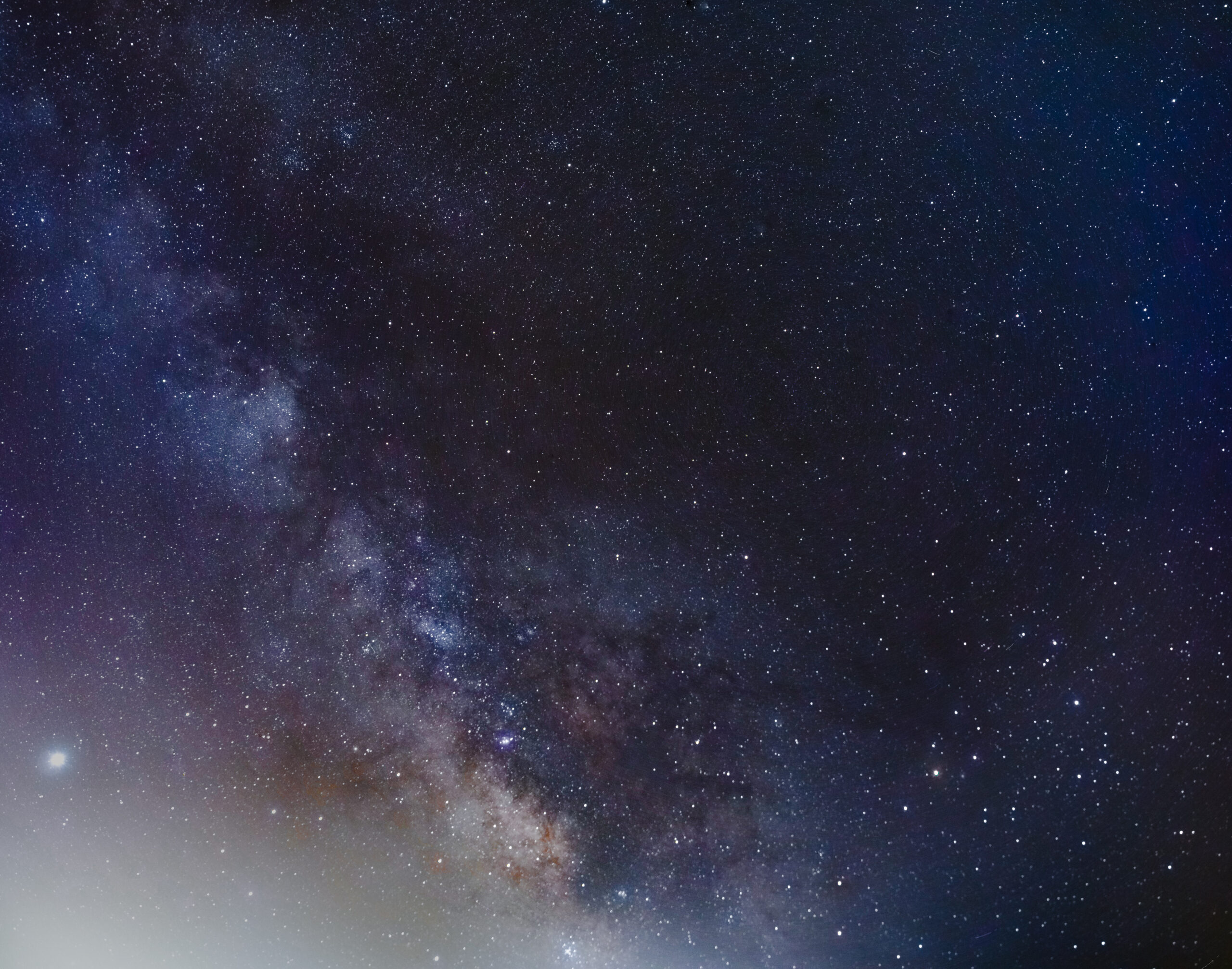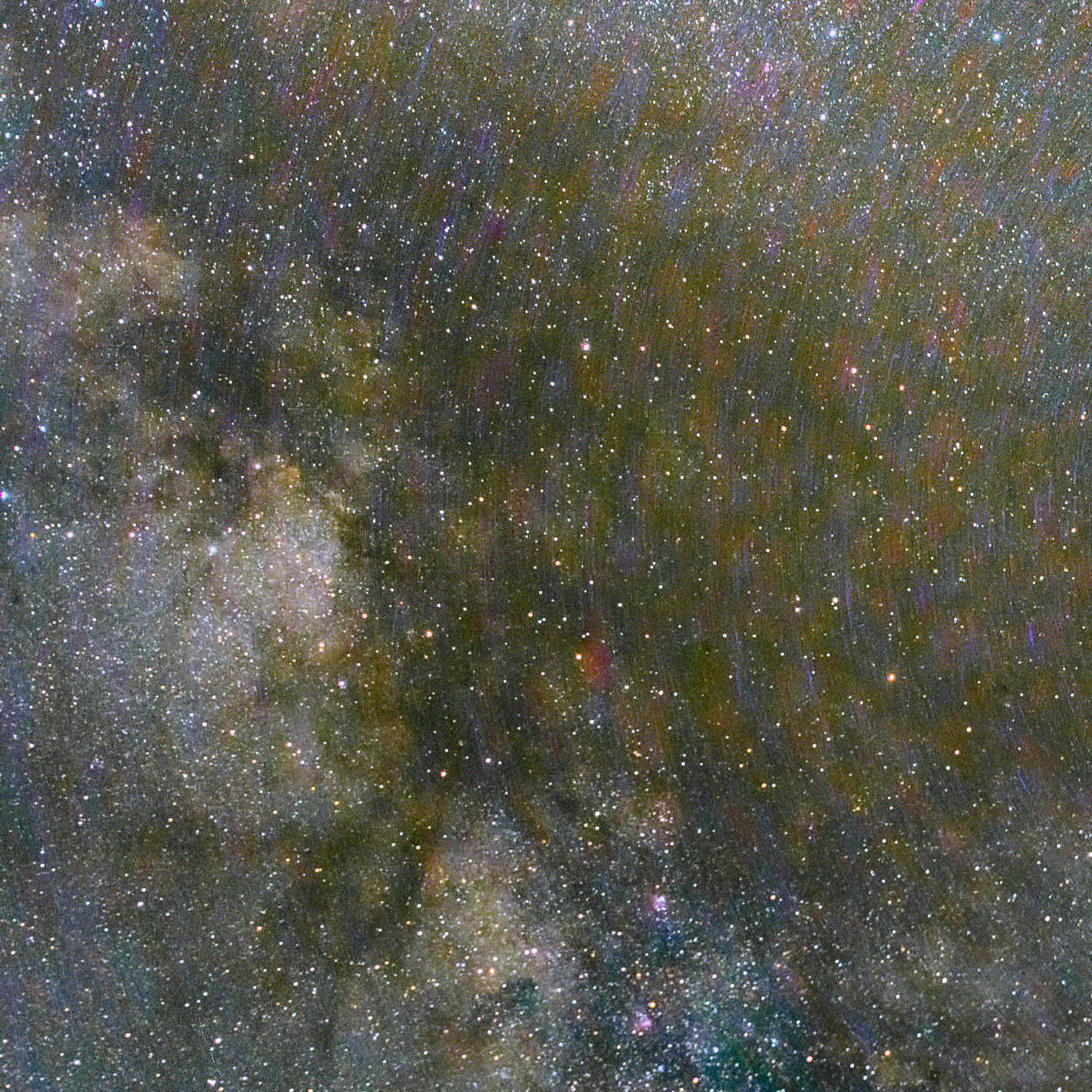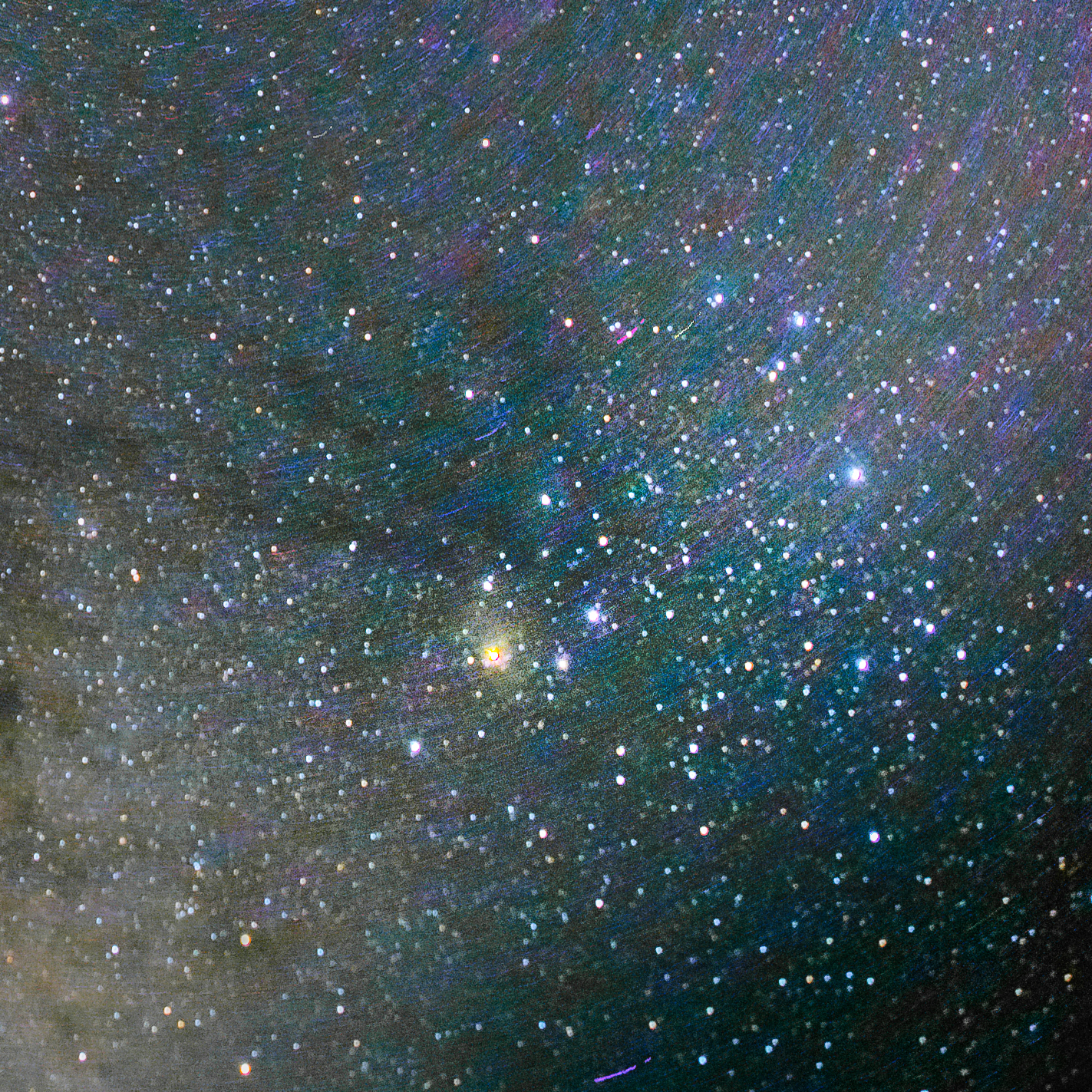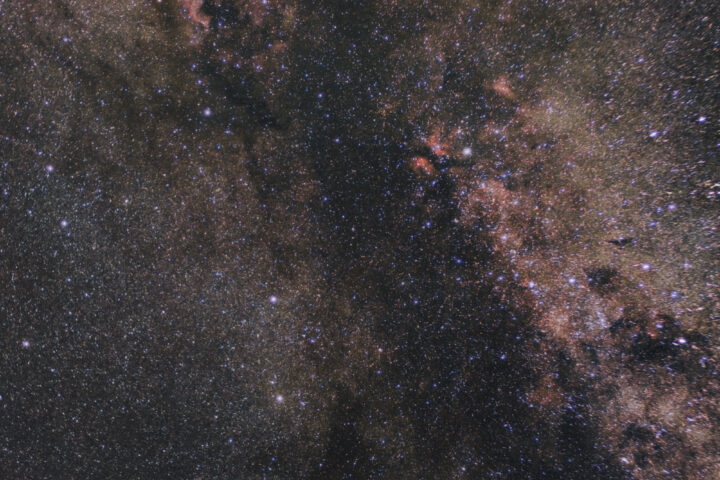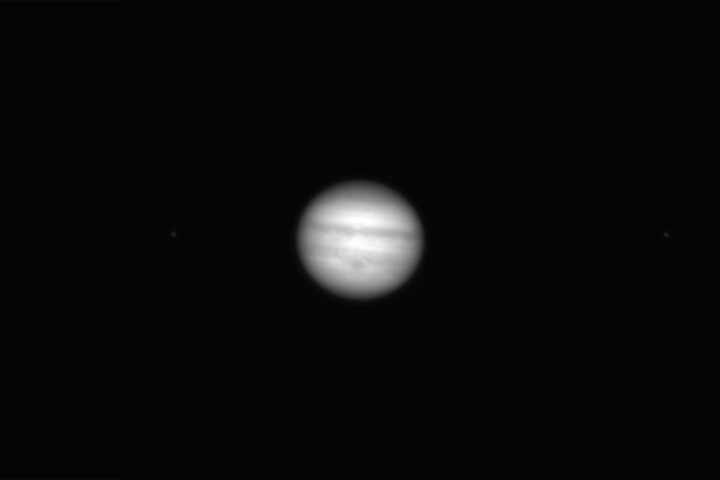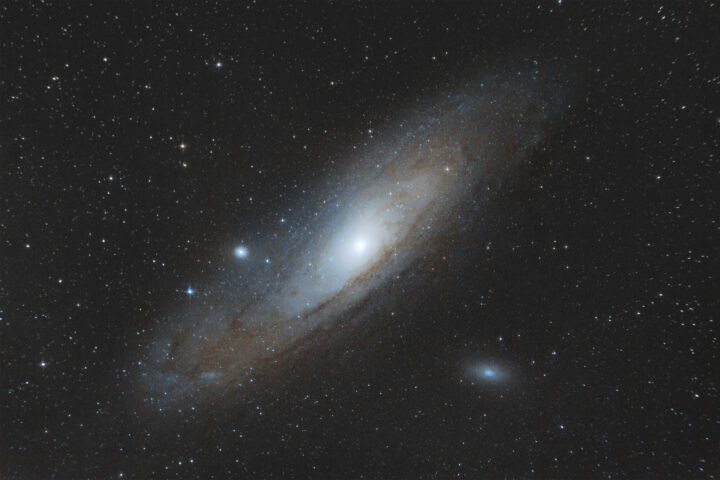This summer my Nexstar SLT mount broke, but not before letting me take two of the best images I have ever taken to date. Here are the last two photos taken with my old mount.
The “specs” of the two photos
Although the targets are different and the images were shot from different locations, they were shot in a very similar way.
Both images are a stack of 60 second exposures, taken with the same unmodded camera at ISO 200 and the same lens at the same f2.8, but at different focal lengths.
The Cygnus image was taken at around 28mm (full frame equivalent = 56mm), while the Milky way shot was taken at 12mm (24mm equivalent).
The integration times also differ.
The Cygnus image is a stack of 38 images with dark frames, while the Milky Way image is composed of 50 light frames but no darks.
The single subexposures
While Cygnus rises high in the sky where I live, the Milky Way core is very low and I literally had to shoot through the light pollution of a nearby city to capture it. Its effect can be easily seen in the subs.
The Milky Way subexposures also contain dark noise, while I used the automatic noise reduction function of the camera while imaging the Cygnus constellation. I do know that I lose a lot of exposure time this way, but I think that the high ambient temperature of the summer and the uncooled sensor make it necessary. This function also helps me because I usually forget to take dark frames and when I remember my camera’s temperature has already changed.
Here are two single exposures, raw and edited to make the targets visible.
The processing
I stacked the images in Photoshop for the Cygnus image and in Lynkeos for the Milky Way image.
After that I edited them in Photoshop and then applied the final edits in Lightroom.
I did regret not shooting darks for the Milky Way image while processing. I used the correction tool in Lightroom to remove the most visible hot pixel “stripes”, but the many smaller ones that couldn’t be removed made the background full of red and blue lines.
By the way, I have another version of both photos, where not much noise is revealed, but not much nebulosity can be seen either so I do not particularly like them. Here they are.
A weird effect
During processing I noticed something very unusual regarding the stars in the milky way image.
They were in focus at the top of the photo, but not at the bottom. I don’t know why this happened but I think it might be caused by how low the Milky Way was in the sky.
What I learned & Conclusion
These two photos can be considered two successful deep sky images taken with the SLT mount and they are very good considering the short 60 second exposures and the lack of imaging time.
There is still a lot of room for improvement. First of all, I learned just how important calibration frames are, especially in the summer. The Cygnus shot is a lot clearer than the Milky Way image just because of the darks and both photos have severe vignetting that could have been easily corrected with flats.
The images also show how shooting a target high in the sky and in a direction where there’s not light pollution can drastically improve the results.
In conclusion, these two photos, just like all the others that I have not published, helped me get better, especially at processing, and I will definitely be revisiting them with my new EQ3 mount next summer.
Clear Skies!
